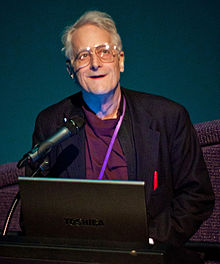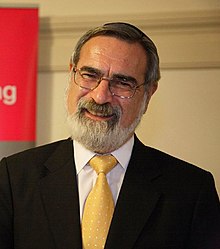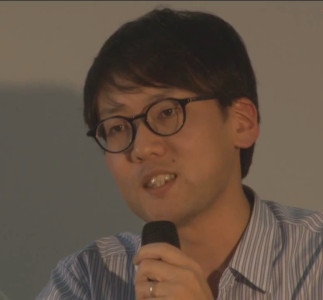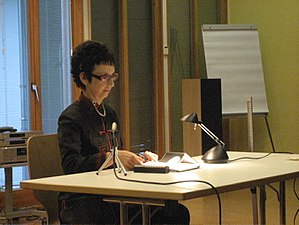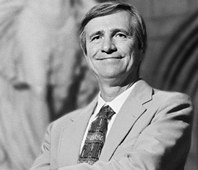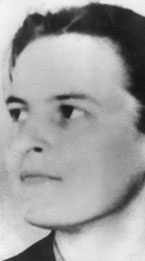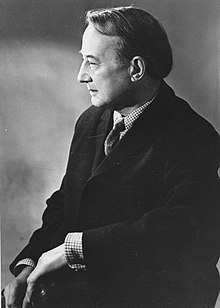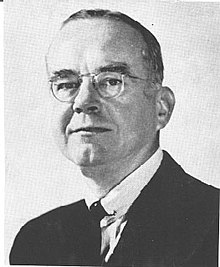Throughout his career, Nelson supported his work on the project through a variety of administrative, academic and research positions and consultancies, including stints at Harcourt Brace and Company (a technology consultancy and assistantship where he met Douglas Engelbart, who later became a close friend; 1966-1967), Brown University (a tumultuous consultancy on the Nelson-inspired Hypertext Editing System and File Retrieval and Editing System with Swarthmore friend Andries van Dam's group; c. 1967-1969), Bell Labs (hypertext-related defense research; 1968-1969), CBS Laboratories ("writing and photographing interactive slide shows for their AVS-10 instructional device"; 1968-1969), the University of Illinois at Chicago (an interdisciplinary staff position; 1973-1976) and Swarthmore College (visiting lecturer in computing; 1977).


